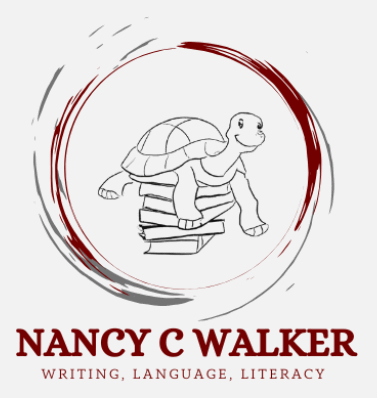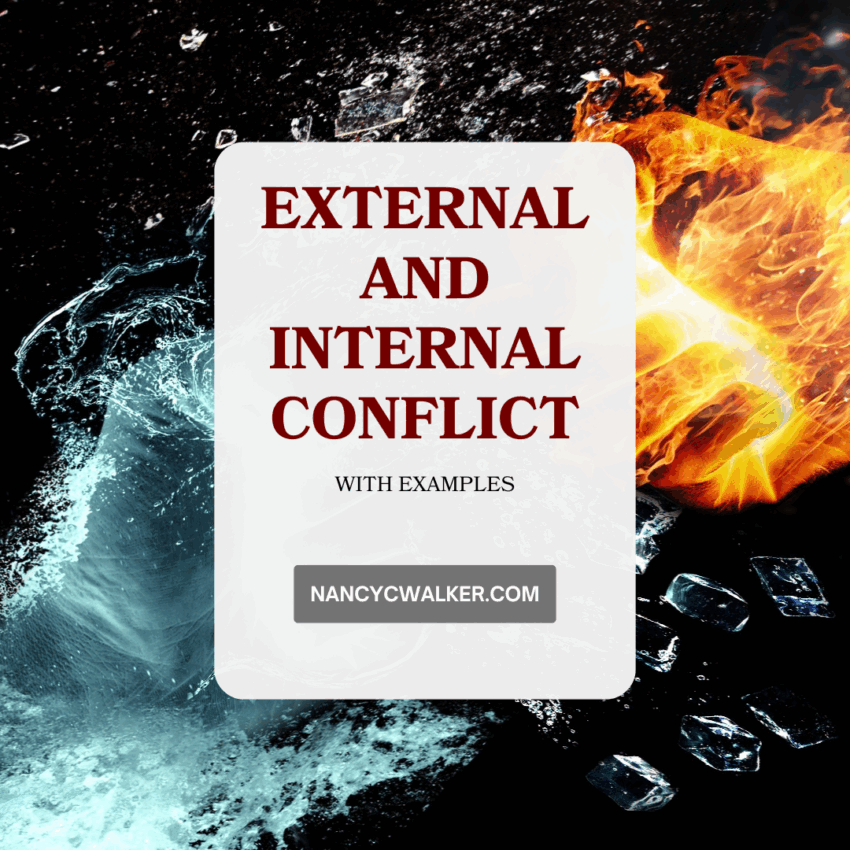This article is part of a series about character development.
Ever wonder what really makes a novel tick? Beyond the cool plots and memorable characters, it often comes down to two fundamental forces: internal conflict and external conflict. These aren’t just fancy terms; they’re the engine and the heart of your story, working together to create something interesting.
Inner Battles: Character vs. Self
This is all about the struggles happening inside your character’s head. Think of it as “character vs. self.” It’s that nagging voice, the tough choices, and the personal demons they’re fighting. This kind of conflict is deeply tied to who your character is:
- Values: When a character’s core beliefs are challenged, that’s internal conflict brewing. Think of Elizabeth Bennet in Pride and Prejudice and her struggle between societal expectations and her own independent spirit.
- Flaws: We all have weaknesses, and so do great characters. Selfishness, fear, recklessness – these flaws make characters relatable and create inner turmoil. Consider Jay Gatsby’s obsessive idealism in The Great Gatsby or Scout Finch’s youthful naivety in To Kill a Mockingbird.
- Lies: A “character lie” is a false belief a character holds about themselves or the world. To truly grow, they have to confront and overcome this lie. Jane Eyre’s journey from believing she is unlovable to embracing her own worth is a perfect example.
- Want vs. Need: This is often described as a “silent war.” A character’s “want” is their obvious goal in the story (e.g., getting the treasure), but their “need” is what they truly have to learn or discover about themselves to become whole. Katniss Everdeen in The Hunger Games wanted to survive the games, but she needed to inspire a rebellion.
Ultimately, internal conflict is the fuel for character arcs – those incredible journeys of personal transformation. Overcoming their “lie” is often the biggest part of that arc.
Outer Struggles: Character vs. Opponent, Society, Nature
Now, let’s talk about the stuff you can see happening in the story. External conflict is when a character is up against forces outside themselves. This drives the plot’s action and drama. There are three main categories:
- Character vs. Opponent: This is your classic hero-vs-villain showdown, but it can also be an ally or anyone directly opposing your protagonist. Sherlock Holmes vs. Moriarty in The Adventures of Sherlock Holmes or Harry Potter vs. Voldemort in the Harry Potter series are prime examples.
- Character vs. Society: This involves conflicts with institutions, cultural norms, laws, or technology. Winston Smith’s rebellion against the totalitarian regime in Nineteen Eighty-Four is a great illustration.
- Character vs. Nature: When your character is battling the elements, animals, or a monster, that’s character vs. nature. Think of the struggle for survival against the harsh arctic landscape in Jack London’s To Build a Fire.
External conflict kicks off the main events of your story, often with an inciting incident that shakes things up for your protagonist.
The Dynamic Duo: How They Work Together
Here’s where it gets really interesting: internal and external conflicts are rarely separate. They’re like two sides of the same coin, constantly influencing each other.
- Intertwined: Your character’s external “want” (their plot goal) is often a symptom of their deeper, internal “need.” External challenges can force characters to confront their inner struggles and make profound changes. That initial “inciting incident” that starts the external plot often creates a huge internal dilemma for the character. For example, in The Lord of the Rings, Frodo Baggins’s external goal is to destroy the One Ring, but this is driven by his internal need to protect his home and the Shire from evil. The inciting incident of Gandalf revealing the Ring’s true nature forces Frodo to confront his fears and embark on a dangerous journey, ultimately leading to his internal growth.
- Focus & Drive: External conflict propels the plot forward, creating all the visible action. Internal conflict drives the character’s personal growth and reveals the story’s deeper meaning. In The Hunger Games, Katniss’s external conflict is her fight for survival in the arena, while her internal conflict is her struggle with her identity and her feelings for Peeta and Gale.
- Visibility: You can usually see external conflict through actions and dialogue. Internal conflict is more of a “silent war” happening inside, though you might see it through tough choices or subtle behaviors. For example, in Pride and Prejudice, Elizabeth Bennet’s internal conflict regarding her prejudice against Mr. Darcy is a “silent war” that influences her interactions, while the external conflict of Lady Catherine de Bourgh’s confrontation with Elizabeth is clearly visible through their heated dialogue.
- Character Arc Fuel: External conflict provides the obstacles that test your character, pushing them to their limits. But internal conflict is the true engine of their personal journey, especially as they move from believing a “lie” to embracing a “truth.” In The Great Gatsby, Jay Gatsby’s external conflict is his pursuit of Daisy, but his internal conflict is his inability to let go of the past and accept the present.
- Plotting Power: Many writing methods, like the “1 Hour Plot,” “Snowflake Method,” “Story Circle,” and “Four Corner Opposition,” emphasize integrating both types of conflict. They help you build a rich “web of thematic conflict” that makes your story resonate. Even emotional decisions can create surprising internal conflicts that push the external plot in new directions!
In a nutshell? External conflict gives your story its excitement and plot, while internal conflict gives it depth, meaning, and characters we truly connect with. You really need both to craft a truly engaging and unforgettable novel!

